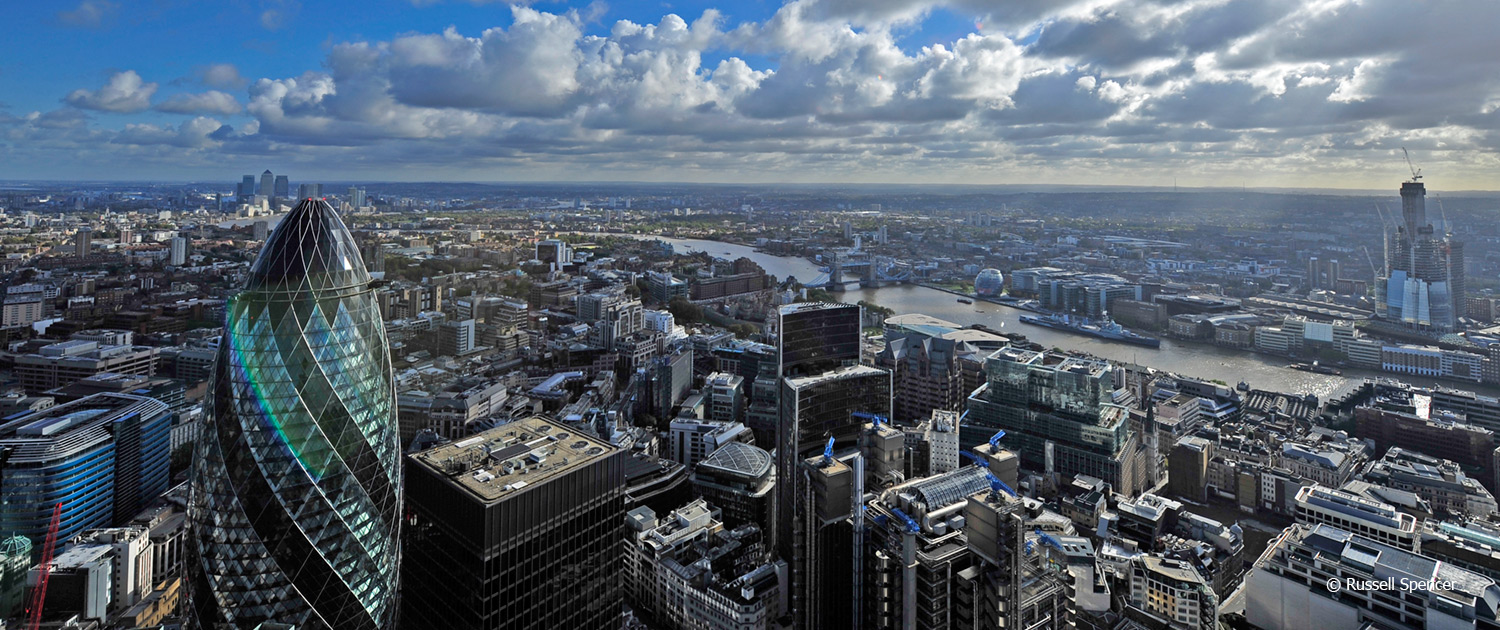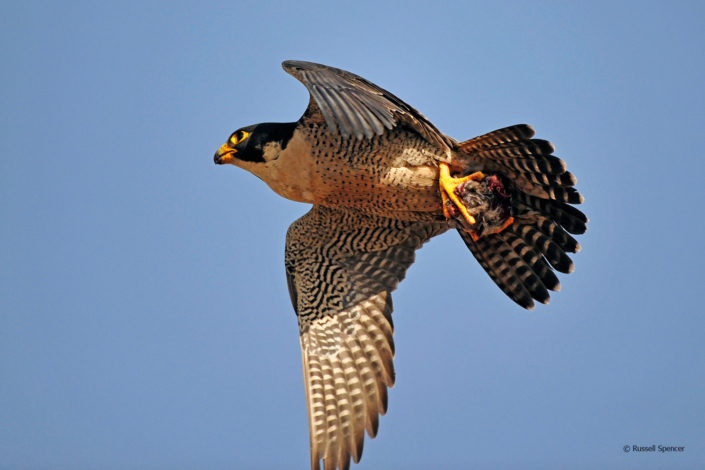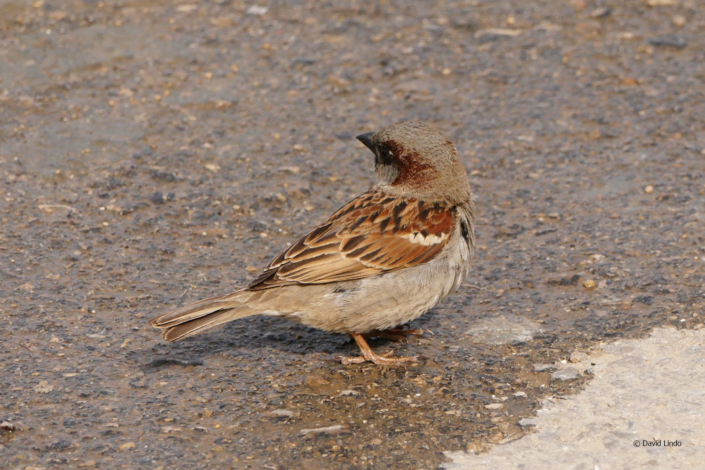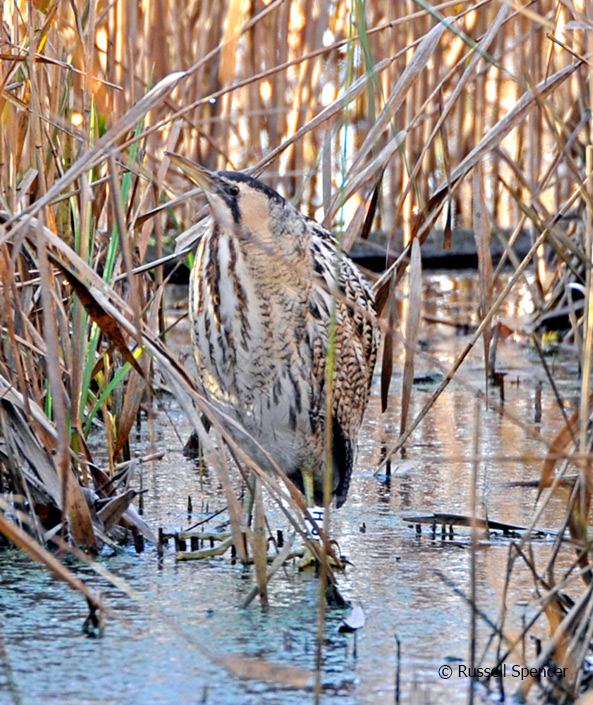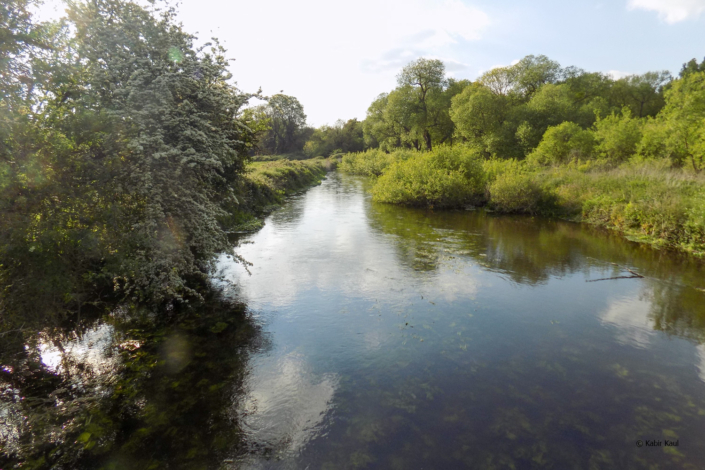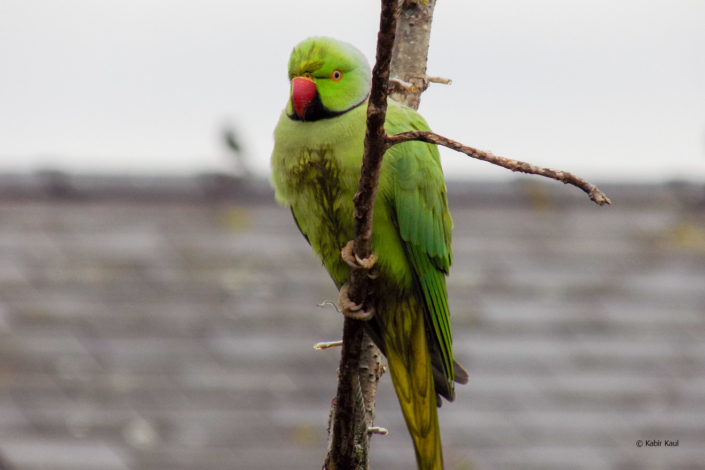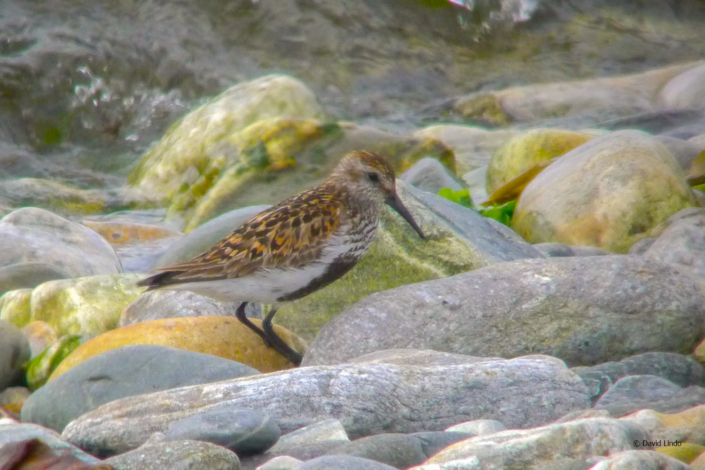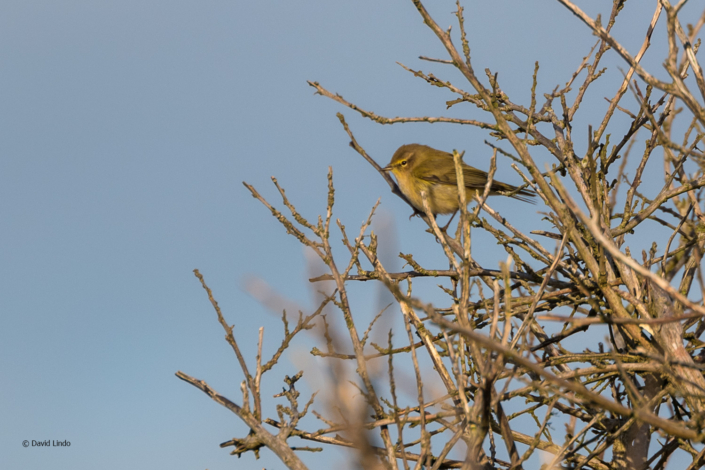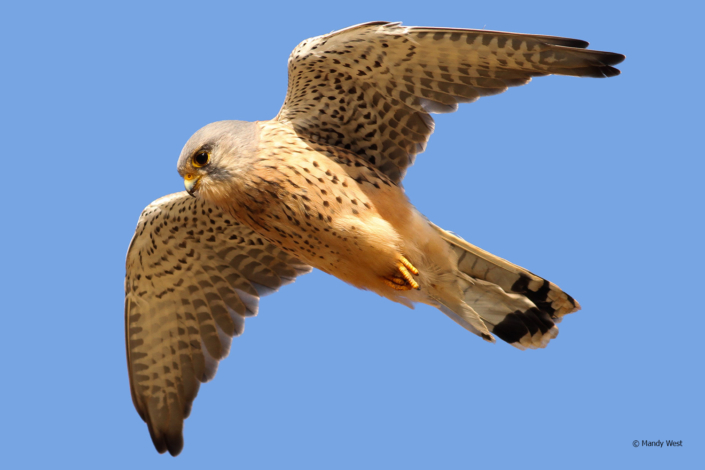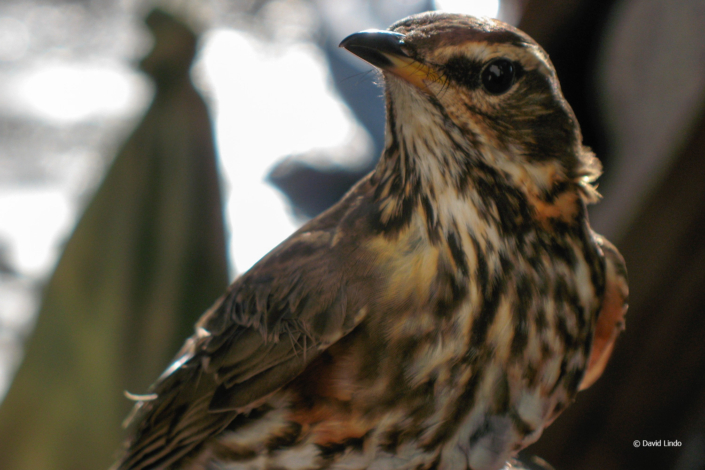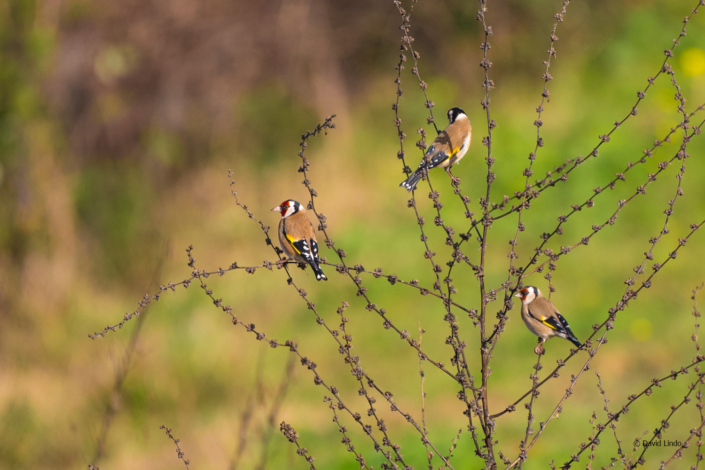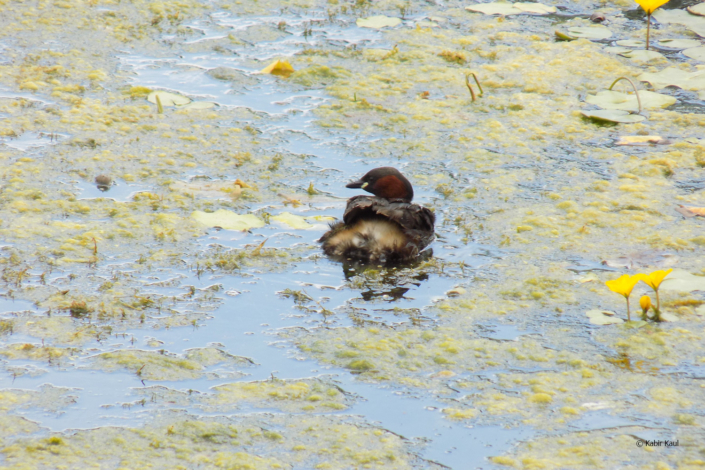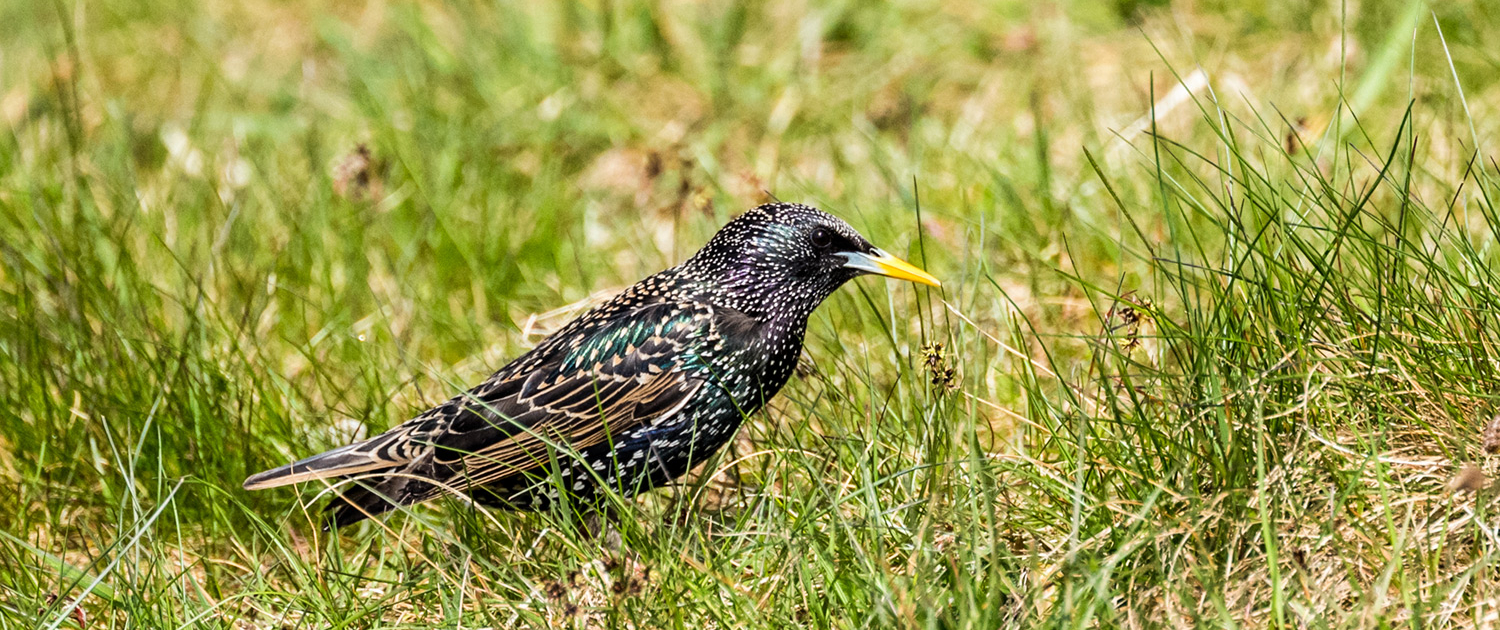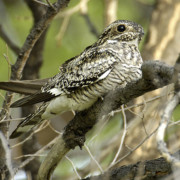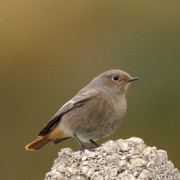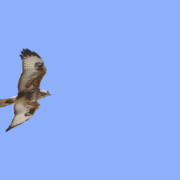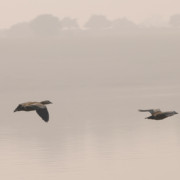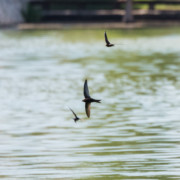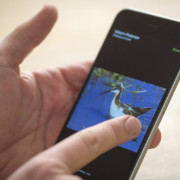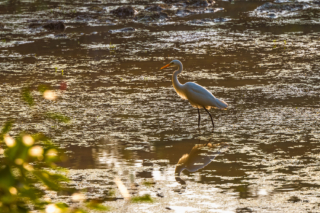London. A city you wouldn’t associate with bird migration, wetlands, woodlands and general greenery. Well, guess what! All this exists within a capital that has a plethora of avifauna and a diverse range of habitats. Living in London all my life I’ve surprisingly found out that it’s an amazing place for birding. I have discovered many places near me where birds thrive.
I first started birding when I was about eight, grabbing a pair of old binoculars and staring out of the window at flocks of House Sparrows, Blue Tits and European Goldfinches eating from the feeders – all when I was supposed to be doing my homework! It amazed me that these small songbirds had found a home in my suburban garden and this made me want to find out about what else could be living in my area. So, I bought a field guide and a slightly better pair of binoculars and I was off, finding many green spaces around me and in turn, seeing new species. Wherever in London I go I am never without a camera and binoculars. You’ll be amazed to see what you can find. There are Peregrines nesting near the Tate Modern and Eurasian Bitterns thriving as they winter at the London Wetland Centre in Barnes.
It so happened that I stumbled upon Ruislip Woods National Nature Reserve, which was only a five minute drive away from me. The Woods are temporary home to a vast array of migrants, such as Blackcap, Common Chiffchaff and Northern Wheatear and all year Eurasian Sparrowhawks drift silently through the canopy, scanning for prey. In winter, hundreds of ducks congregate on the reservoir in the centre of the reserve and when it freezes over, if you’re lucky, small waders like Dunlin can be seen. This haven for bird migration soon became my patch and due to its sheer enormity, I still haven’t visited all of it. Who knows what else I’ll find!
A great way to see birds on migration is by ‘viz-migging’ (watching for visible migration). You stand on an elevated point, such as Parliament Hill in Hampstead and watch the movements of the birds above. It is possible to see thrushes, raptors and warblers on migration above the capital. You can even do this from your own home as I have seen all of these birds fly over my garden!
Also, being a young person, there are many opportunities to get involved, namely volunteering and recording. You can do this by finding a volunteering site with the London Wildlife Trust, or participating in a BTO scheme, such as BirdTrack or Garden BirdWatch. Making lists is another easy way to record birds. Simply make a list of all the birds you see in your garden or patch in a day, month or year.
The capital is full of green spaces, so there’s no excuse – get exploring!

